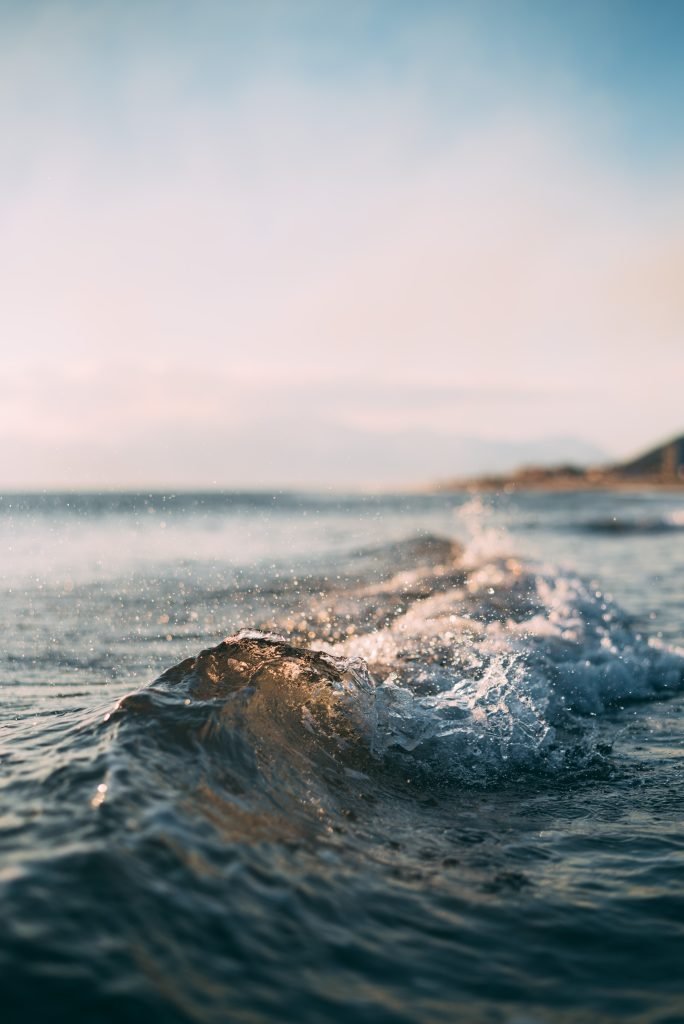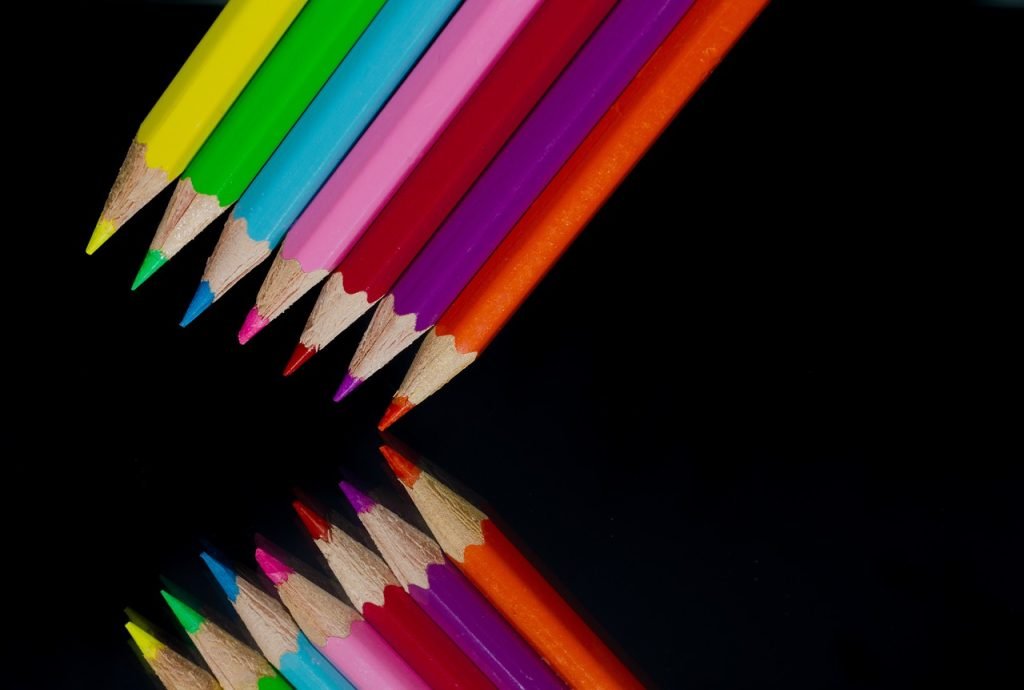Setting up an outdoor wildlife photography hide can be an exciting adventure that brings you closer to nature than ever before. You’ll start by choosing a strategic location where wildlife is known to frequent, ensuring you respect the natural habitat. Next, gather materials to construct your hide, making sure it blends seamlessly with the surroundings to avoid startling the animals. Patience is key as you wait quietly, camera poised, ready to capture breathtaking moments of wildlife in their natural behavior. With a bit of planning and a lot of passion, you’ll soon be enjoying the thrill of capturing stunning wildlife photographs right from your thoughtfully crafted hide. What’s The Process For Setting Up An Outdoor Wildlife Photography Hide?
Have you ever wondered what it takes to set up an outdoor wildlife photography hide? Maybe you’re an avid photographer looking to get closer to nature or a beginner hoping to improve your shots. Either way, a well-set-up hide can make a world of difference in capturing those once-in-a-lifetime photos.
Understanding the Purpose of a Wildlife Photography Hide
Before diving into the nitty-gritty details, let’s talk about why you’d even want to set up a wildlife photography hide. A hide, also known as a blind, is essentially a covert shelter that allows photographers to observe animals without being noticed. This setup helps in:
- Reducing the chances of disturbing wildlife
- Allowing for better photo opportunities
- Offering unique and candid shots of animals in their natural habitats
With your goals clear, let’s jump into the process of setting up your very own outdoor wildlife photography hide.
Why Use a Hide?
Using a hide enables you to get closer to wildlife without startling them. Animals can be incredibly sensitive to human presence, and even the slightest noise or movement can scare them off. A well-constructed hide helps you blend into the environment, making you virtually invisible to your subjects.
When to Use a Hide?
Seasonal changes and animal behavior will dictate the best time to set up and use your hide. During mating seasons, migration periods, or specific times of day (like dawn or dusk), wildlife activity increases, making these times ideal for photography.
Choosing the Right Location
The first and arguably most important step is selecting the perfect spot for your hide. The right location will ensure that you have ample wildlife to photograph and that your hide blends seamlessly into the environment.
Factors to Consider
- Wildlife Activity: Choose a place with a high frequency of wildlife activity. Look for tracks, droppings, or frequent sightings.
- Accessibility: Ensure you can easily reach this spot without disturbing the surroundings.
- Safety: Make sure the location is safe both for you and the wildlife you’re trying to capture.
- Background: The background of your shots should be as natural and clutter-free as possible.
Types of Locations
Depending on what you aim to photograph, different locations can be more beneficial:
| Type of Wildlife | Ideal Location |
|---|---|
| Birds | Near water bodies, feeders |
| Mammals | Near animal trails, clearings |
| Amphibians | Near ponds, marshes |

This image is property of images.pexels.com.
Designing Your Hide
Once you’ve picked the perfect location, the next step is designing a hide that meets your needs. There are various types of hides you can consider:
Types of Hides
- Permanent Hides: These are built to last and are typically larger structures made from wood or other durable materials.
- Portable Hides: These can be easily assembled and disassembled, making them perfect for temporary use.
- Natural Hides: Made using natural elements like bushes, fallen trees, and rocks. These blend in seamlessly but offer less comfort.
Choosing Materials
The materials you use will greatly impact the effectiveness and longevity of your hide. Consider the following:
- Wood: Perfect for permanent hides; durable but requires effort to transport and assemble.
- Camouflage Fabrics: Ideal for portable hides; lightweight and easy to pack.
- Natural Materials: Great for blending in but less durable.
Structural Design
Your hide should be comfortable enough for you to spend hours in, yet discreet. Here’s a simple checklist for an effective hide design:
| Consideration | Description |
|---|---|
| Entrance and Exit | Should be easy to access without causing too much disturbance |
| Viewing Windows | Make sure to have strategically placed windows for optimal camera angles |
| Ventilation | Fresh air is crucial for long hours |
| Comfort | Include a seat and ample legroom for comfort |
| Concealment | Use natural elements or camouflage to blend in |
Setting Up Your Hide
Building the Hide
Once you have a design in mind, it’s time to set it up. Whether you’re constructing a permanent hide or just setting up a portable one, make sure you do so quietly and efficiently.
- Clear the Area: Ensure the ground is level and free from debris.
- Assemble the Structure: Set up the frame and walls of your hide, making sure it’s stable.
- Camouflage: Use natural materials or camouflage fabrics to cover your hide completely.
- Set Up Inside: Place any required gear inside your hide, ensuring you have enough space.
Test Run
Before you start your photography sessions, do a test run:
- Check Stability: Make sure the hide is stable and secure.
- Test Viewing Windows: Ensure your windows are positioned correctly for optimal shots.
- Monitor Wildlife Activity: Spend some time inside to see if the wildlife notices your presence.

This image is property of images.pexels.com.
Preparing Your Equipment
Your hide is ready, but your camera gear should be too. Here’s a rundown of what you’ll need:
Camera Gear Essentials
- Camera: Preferably with a good zoom lens.
- Lenses: Wide-angle for landscapes, telephoto for close-ups.
- Tripod: For steady shots, especially during long waits.
- Memory Cards: Extra storage to capture all those shots.
- Batteries: Always carry spare batteries.
Additional Items
- Binoculars: For spotting wildlife from a distance.
- Notebook: For jotting down observations.
- Comfort Items: Water, snacks, and perhaps a book for downtime.
- Clothing: Wear neutral colors to avoid drawing attention.
Ethical Considerations
When setting up and using your hide, always think about the impact on the environment and the animals:
Respect Nature
- Minimize Disturbance: Keep noise and movements to a minimum.
- Leave No Trace: Clean up your hide after use, leaving the area just as you found it.
- Respect Wildlife: Never interfere with animals, don’t feed them or try to touch them.
Legal Concerns
Some locations have regulations concerning the construction of hides or proximity to wildlife habitats:
- Check Local Laws: Ensure your activities are within legal boundaries.
- Permits: Secure necessary permits for restricted areas.

This image is property of images.pexels.com.
Tips for Better Wildlife Photography
Even with the perfect hide, great wildlife photography requires skill and patience:
Understanding Animal Behavior
Spend time observing animal behavior. Knowing when and where animals are most active will increase your chances of capturing stunning photos.
Patience is Key
Wildlife can be unpredictable. Hours of waiting might be required for that perfect shot. Bring along some distractions to help pass the time but stay alert.
Silent Mode
Modern cameras have silent modes to minimize noise when clicking pictures. Use this to avoid startling the animals.
Burst Mode
Using burst mode can help you capture multiple shots in quick succession, increasing your chances of getting the perfect photo.
Use Natural Light
Natural light can greatly enhance your photos. Make the most of the golden hours—early morning and late afternoon—when the light is soft and diffused.
Troubleshooting Common Issues
Even with careful planning, you may encounter some challenges:
Poor Lighting
In low-light conditions, consider using higher ISO settings or bringing additional gear like portable light sources.
Animal Avoidance
If animals are avoiding your hide, reassess its placement and camouflage. Sometimes, it takes a while for animals to get used to a new structure.
Weather Challenges
Ensure your hide can withstand varying weather conditions. Also, bring weather-appropriate gear for yourself.
Camera Malfunctions
Always carry a backup camera if possible, and know basic troubleshooting techniques for your equipment.
Maintaining Your Hide
After all your hard work setting up your hide, maintaining it will ensure it lasts longer and remains effective:
Regular Inspections
Check your hide periodically for any signs of damage or wear and tear. Replace any broken or worn-out parts.
Clean Up
Always clean your hide and surrounding area after each use to avoid attracting unwanted critters or leaving litter behind.
Seasonal Adjustments
Depending on the changing seasons, you may need to make adjustments to your hide. Ensure it stays well-camouflaged year-round.
Conclusion
Setting up an outdoor wildlife photography hide involves careful planning and considerate execution. From choosing the right location to maintaining your hide, each step is crucial in capturing stunning wildlife photos while respecting the natural world. Following these guidelines will make your wildlife photography experience both rewarding and ethically sound. So go ahead, set up that hide, and get ready to capture some incredible moments in nature!
Remember, the secret to great wildlife photography lies in patience, respect for nature, and a keen eye for detail. Happy shooting!




